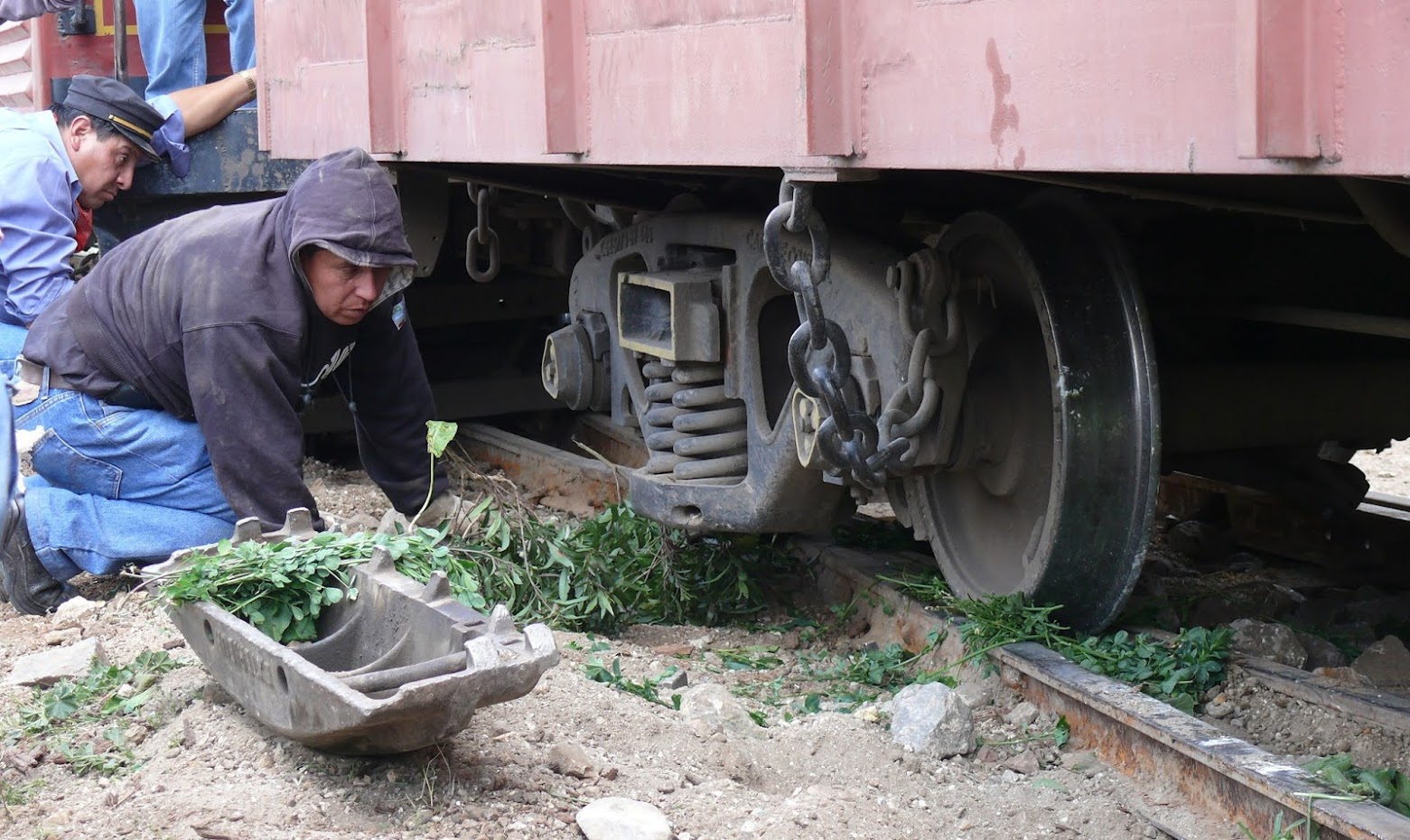The road to VAT (indirect tax) automation - What jurisdictions or transactions first?
20+ years of experience in VAT automation motivated me in writing the ‘road to VAT automation’.
I tried to formulate it in different topics. This is the fifth one whereby I discuss what (transactions/business flows) to automate first.
My texts are meant to trigger discussion: How did you cope with VAT Automation in your company? What experiences you want to share? What questions you have?
I will be using the word 'VAT' throughout the entire blog, but it does cover indirect tax systems called GST as well as sales tax.
Off we go again ... let's continue on the road to VAT Automation.
 |
| Add caption |
What jurisdictions first or what transactions first?
As said in former posts, during the preparatory phase all information from all jurisdictions involved should be analysed. However, it is not possible to implement all jurisdictions at the same time.
Moreover,
and very unfortunate, the implementation phases are not indirect tax driven,
indirect tax purposes are often not even considered in this respect.
This post
can also be read as a manual in selecting the order of jurisdictions in your
automation implementation.
The different approaches
Implementation waves per business flow
Some
businesses opt to automate by transactional flows: e.g. start with raw
material, then finished goods and finally overhead costs; or they start with
intercompany B2B services, then external B2B services and then any goods
supplies.
For sure, there must be operational reason for doing this, but so far,
from a indirect tax point of view, I haven’t seen many benefits when applying this
approach for indirect taxation purposes … .
The hurdles
to overcome when opting for business flows to drive the implementation waves are
fairly obvious: in respect of determining the VAT regime, part of the
transactions resulting in the same VAT regime will have been determined in an
automated way and part will have been determined in the ‘classic’ way. All
fine, but very likely not easy to reconcile and this is what you do need to do to
make sure you are compliant. Once again, automating VAT is about automating
‘your payments to the authorities’. If yet not easy to reconcile at the very
moment when you are running the project, it will be even less evident to
reconcile and provide detailed information when the tax inspector pays a visit within
five years’ time. The same applies when automating your VAT reporting for only
some transactions: part of the transactions will be entered in the declaration
automatically and part of the transactions will need to be transferred or added
manually. Again, how to reconcile and verify the correctness? Compliance teams
will already need to free up time to run tests in respect of the automation
project next to their daily routine work during the implementation of the
project and on top, they would need more time to complete their daily routine
job since they will need to do much more reconciliations.
Implementation waves per region
A country
by country or region by region approach is much more adequate when you want
your VAT automation project implementation to be successful and run smoothly.
If you
choose to start with e.g. the EU, take as a very first country, a relatively
simple one, such as the Netherlands. This will allow you to test fairly quickly
some basic flows and will also allow you to gradually grow into your
project. Testing whether the outcome for a simple country is correct, is the
best way to take your project beyond the pure IT testing. Your testing team
will also be able to follow the same pace and learning pattern and they will be
motivated.
The initial
country selected should serve as a pilot for your implementation and should be
finalized up to the user acceptance stage before other countries are added. If
one simple country (for a region) works fine, then the other countries, which
are thus more complex can be added. As a second country I suggest selecting the
most complex one. If this complex country works well, you can relatively easy add all
other countries, which will of course all bring along more specific challenges as well.
Adding the
most complex country is the biggest challenge and may require extra analyses
and testing, and retesting. To keep everyone fully on board, it is crucial that
your team members are motivated, that they know the automated system can work.
Hence, always start with a simple country, witnessing yourself that an
automation tool does work is very stimulating.
This method
also prevents you from focusing too much on testing complex issues whereby
straightforward issues, which are hidden behind the complex ones, may be
missed. Implementing first simple jurisdictions allows you to ascertain yourself
that the basics are working, so you can feel more reassured to focus on complex
issues for more complex jurisdictions.
It can also
be useful to add countries in clusters where similarities were spotted during
the analysis phase. Of course, you can only do this, if as mentioned in one of
my previous posts, the entire analysis has been done before the start of the
project. This makes your testing far more concise and you will obtain better
results.
The big bang
The pipe dream
for indirect tax automation is of course the big bang implementation on the 1st
of January (if your fiscal year is starting on 1 January).
The big
bang approach is often following the same pattern as the country-by-country
approach, whereby countries that have got through the user acceptance testing
are simply put on hold until all jurisdictions have gone past the user
acceptance testing whereby all of them go live at the same moment.
Needless to
mention there are numerous advantages especially in the field of reconciling
GL-accounts and VAT returns and annual and periodic returns or lists. However,
testing should be even done more thoroughly to avoid as many issues as
possible.
Especially, for somewhat
smaller projects the big bang approach is a more obvious choice.
Conclusion
This is a
short post. Clearly, if your project is of a manageable size, the very best way
forward is the big bang approach, however for global projects, a jurisdiction
by jurisdiction implementation is more realistic; let's call them ‘regional
big bangs’.



Nice blog.. Kindly visit our website to know more about Online GST Registration
ReplyDelete